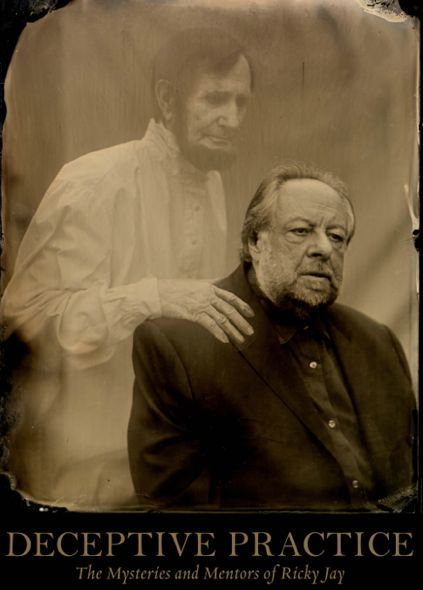
Deceptive Practice
<p><a href=”
http://vimeo.com/36319857″>Jiro Dreams Of Sushi – Trailer</a> from <a href=”
http://vimeo.com/curiousdistribution”>curious</a> on <a href=”
https://vimeo.com”>Vimeo</a>.</p>
Jiro Dreams of Sushi
Traditionally craft is learned through close contact with skilled practitioners. Currently most professionals I know have cobbled together an autodiadactic path that often consists of reading, experimenting, practice, formal classes, weekend workshops, and hanging out with others in the field. But what happens when a craft is “mastered”—however you define the term— and how do practitioners keep learning, refining and performing at peak levels? And why do they keep doing it? Both Deceptive Practice and Jiro Dreams of Sushi explore this question.
At an age when most are ready to retire, Jiro cannot stop making sushi. When interviewed, he candidly admits his family and life outside of work have suffered because of his obsession of crafting the most prefect sushi he is capable of. His Tokyo restaurant was awarded three Michelin stars. But he can’t stop, and still doesn’t feel his son, who is 50 years old and who has worked by his side most of his adult life, is ready to take over. The act of crafting is rewarding to him, but it has become such a large part of him, that he can’t let go of it. Jiro’s story bypasses much of his formative experiences, but instead concentrates on a perhaps inevitable paradox: many enter into crafts in order to reestablish some kind of physical/ mental balance in their lives, yet craft at the highest levels becomes singular and obsessive.
Ricky Jay began performing at the age of 4 (there is home movie footage to prove it!), and much of this film discusses his influences and mentors. Most of his education was informal and his skills learned through intensive practice. He mentions he still practices card handling seven hours a day, though I wondered if this might be a bit of magicians patter. Yet Jay is not only one of the most accomplished sleight of hand magicians (he can pierce a watermelon with a playing card), he a scholar of the history of magic, writer, and actor. His books, such as Learned Pigs & Fireproof Women or Jay’s Journal of Anomalies, are facinating and well written. I had the chance to watch him perform a couple of years ago, and left more impressed than ever. I was picked from the audience to play poker with him on stage; for the finale I shuffled, cut and dealt the cards. He didn’t touch them except to turn them over. He had four aces and I had nothing.
Both films feature photography that verges on pornography in their larger than life closeups. An excusite piece of sushi glistening with a brush of shoyu that fills the screen, Jay’s incessant fondling of cards which he watches his hands by using three mirrors. Again the separation of the hand and the head is emphasized. Together these films give an unusually revealing view of the work that craft involves. Attentive practice, trying to improve and trying to maintain one’s skills are never ending. For Jay and Jiro there is no rest. There is only the need to do something very, very well. And do it again, and again, and again. Ars long, vita brevis.


